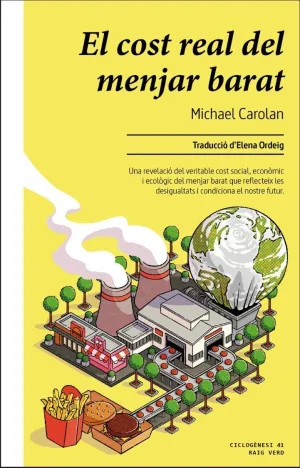MESSAGE FROM ANDRÉE
JOACHIM KOESTER

On July 11th 1897, Andrée, Frænkel and Strindberg took off from Dane's Island, Spitsbergen, with the intention of circumnavigating the North Pole in a balloon - among their cargo was a stereoscopic camera and a stock of Kodak film.
The Jules Verne-like adventure took a tragic turn when the balloon crashed on the pack ice and the expedition disappeared without a trace. Only in 1930, after thirty-three years, were the remains of the three men found on White Island, along with various relics and a box of exposed negatives. Soon after, the photographs were developed, and together with the expedition notebooks, became central in later attempts to piece together the story of what happened.
While some of the photographs depicted scenes after the landing and the following struggle on the ice, others were almost abstract, filled with black stains, scratches and streaks of light. Most historians studying the expedition ignored this layer of 'visual noise'. I, on the other hand, have made it my focus. If language defines our world, the black dots and light streaks on the photographs can be seen as bordering on the visible, or marking the edge of the unknown. Pointing to the twilight zone of what can be told and what cannot be told, narrative and non-narrative, document and mistake.
Joachim Koester, 2005






